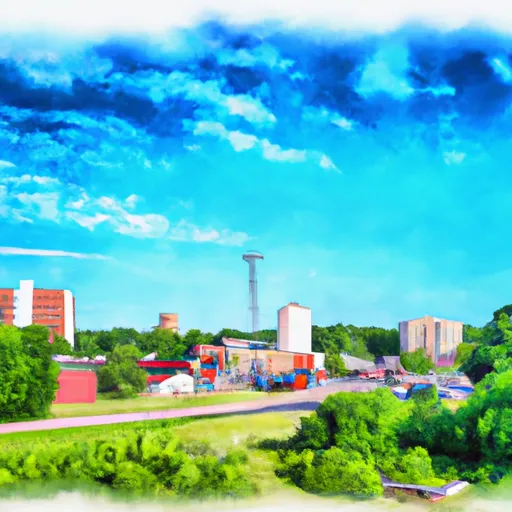°F
°F
mph
Windspeed
%
Humidity











Johnson Creek is a small village located in Jefferson County, Wisconsin. The climate in this region experiences warm summers and cold winters. Average temperatures range from 15°F (-9°C) in winter to 85°F (29°C) in summer. The area receives about 35 inches (89 cm) of precipitation annually, with snowfall occurring during the winter months.
Hydrology in Johnson Creek is primarily influenced by the Rock River, a major waterway that flows through the village. The river provides recreational opportunities like fishing, boating, and kayaking. Additionally, the area has several small ponds and wetlands that contribute to the hydrology and support diverse wildlife.
Outdoor enthusiasts will find numerous recreation opportunities in Johnson Creek. The village is surrounded by beautiful natural areas, offering hiking and biking trails, camping sites, and picnic areas. The nearby Glacial Drumlin State Trail provides a scenic route for hiking, biking, and snowmobiling. Lake Koshkonong, located just south of Johnson Creek, offers activities such as swimming, boating, and fishing.
In summary, Johnson Creek boasts a moderate climate, diverse hydrology constituents, and a range of outdoor recreation opportunities, making it an attractive destination for nature lovers and adventure seekers.
Weather Forecast
Johnson-Creek receives approximately 891mm of rain per year, with humidity levels near 83% and air temperatures averaging around 9°C. Johnson-Creek has a plant hardyness factor of 5, meaning plants and agriculture in this region thrive during a short period during spring and early summer. Most plants will die off during the colder winter months.
Regional Streamflow Levels
17
Cubic Feet Per Second
6,600
Cubic Feet Per Second
725
Cubic Feet Per Second
369
Cubic Feet Per Second
Nearby Camping
| Camping Area | Reservations | Toilets | Showers |
|---|---|---|---|
| Moraine View State Park | |||
| Friends Creek Regional Park | |||
| Clinton Lake State Rec Area | |||
| Faries Park | |||
| Stephen A. Forbes State Park | |||
| Opossum Creek - Shelbyville Lake |



